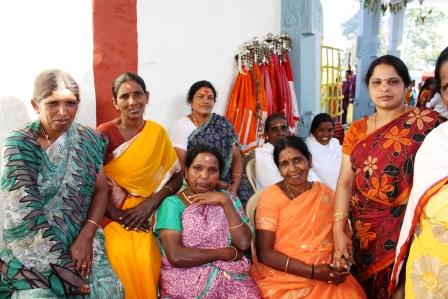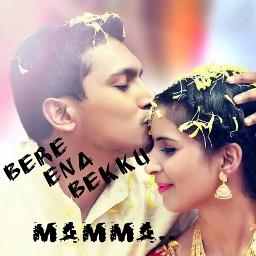

The houses of each village were laid out in rows, each row facing the east. Let me write about Hethai Habba in a separate article. For the most sacred of all Badaga festivals ‘Hethai Habba’ - always held on a monday (sovara), the collection of money (Hana kattodu) took place at the suthugallu in an eloborate ceremony on the preceeding friday (belli). Being very environment conscious, they chose a) direction - always or to a very great extent facing the east and b) water souce - near a stream (halla) or spring (huttu neeru).Every hatti had a ’suthugallu’ (sacred triangular shaped stone) at the base of a ‘bikka mara’ (tree) around which important meetings (Kootu) took place. It appears that initially when the Badagas established their hamlets, they took two very important factors into consideration. Nakku Betta literaly means four (Nakku) Mountains (betta) though there are many hills around which the villages are located. For example, Jakkada, Karekorai, Bearhatti, Mel Bikkatti, Keeya Bikkatti, Manjida are part of AARU OORU and hence no marriage can take place among them.Badagas, generally, refer to their village or hamlet as ‘ HATTI ‘ spread around ‘Nakku Betta’ (the Nigiris). In a commune which consists of say Six Villages or Nineteen Villages again every one is a brother or a sister, though the villages may not be physically located close by. Also, the Badaga Villages are grouped into communes apart from the four SEEMEs.

In a village all are considered as brothers and sisters and hence a marriage cannot take place between a boy and a girl from the same village. Moray is an unique concept of defining the relationship among Badagas, a concept that has very good scientific reasons and helped in propagation of the community in which marriages do not take place between very close relatives. Two important factors that are taken into consideration are the 'MORAY' and the age of the girl. It could be due to also the fact that life expectancy was very low), a lookout for a suitable match is done. Whenever a boy comes of age or rather his parents feel that it is time for him to marry (in ancient days a boy would be considered fit to marry at a comparitively young age of say fifteen years. Incidentally, divorce and remarriges are not uncommon and a widow is not condemned for ever like in most of the Hindu communities and in many cases the widow can marry again even she has children from her earlier marriage.
#BADAGA PLUS#
The greatest plus points of a Badaga marriage are that there is NO DOWRY, the wedding always takes place in the boy's (bride groom's) house and all the wedding expenses including the customary feast of only vegetarian dishes, are borne by the groom's family. The best part is the wedding is celebrated by the complete village and the villagers help out in every aspect of the customs and rituals But for a minor change here and there, it has been almost the same in all the villages spread across the Nakku Betta or the Nilgiri Hills. In this respect a Badaga wedding follows a set of simple rules that has been almost the same over the centuries. Badaga customs and traditions are known for their simplicity, adaptibility and practicality.


 0 kommentar(er)
0 kommentar(er)
